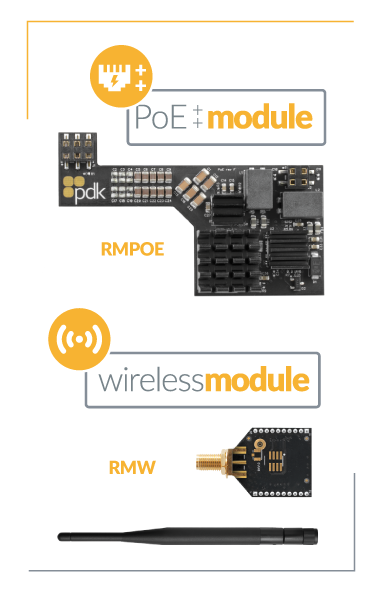
Let’s face it— in a world where tech is moving at lightning speed, keeping properties safe is more crucial than ever. More and more businesses and organizations are opting to ditch their clunky on-premise access control for today’s advanced cloud-based systems. If you think about it, this isn’t just a security upgrade; it’s like swapping your old bike for a rocket. In this article, we delve into why upgrading from on-prem systems to ProdataKey solutions is critical to future-proofing, revealing how this process really isn’t as complicated as it may seem.

Why Upgrade to PDK?
With on-prem systems, admins need to be on-site using a system-specific computer and network servers to manage and make changes to the system, which can be a significant inconvenience. On the other hand, PDK’s cloud-based access control allows integrators and end-users to manage their system from anywhere on any web-connected device. Administrators can remotely unlock doors from the ProdataKey mobile app or pdk.io, issue or deactivate credentials, set rules, run reports, and make any other system change without breaking a sweat. This level of flexibility has unquestionable value, especially for businesses with multiple locations or many users.
On-premise systems require on-site, manual updates. Moreover, they have a shelf-life determined by the manufacturer or other 3rd-party platforms, so the system can’t be updated once the computer operating system is no longer supported. ProdataKey offers a solution to this shortcoming. The PDK.io platform updates automatically as new features and security enhancements become available, ensuring systems are always secure and up to date without having to roll a service truck.
“Your on-premise system is as good as it’s ever going to be, whereas, with PDK, it’s only going to get better.”
Paul deLaski, Regional Sales Director at PDK
As technology advances, real-time updates create future-proof systems ready to adapt to any challenge.

The Value of the Cloud
Upgrading an antiquated, on-prem system to PDK introduces cloud hosting fees for the end-user. On the face, this may be off-putting to the customer; however, once the additional benefits and overall cost-savings brought by the Cloud are understood, the value is undeniable.
PDK’s cloud-based access control offers robust security features like real-time monitoring, instant alerts, and detailed audit trails. As new security threats emerge, PDK can deliver updates that protect the end-user system and network before an attack happens. When combined with power and health monitoring instant notifications, integrators can provide proactive solutions to safeguard their customers.
On-prem systems can be subject to network vulnerabilities through the static IP addresses on customer networks. Additionally, deLaski points out, “Many small companies don’t have an IT department, and as a result, they can hire contractors to maintain the network. That particular network will not be nearly as secure as using a host in the cloud, such as Google.”
With ProdataKey’s Open API and Mobile SDK, systems seamlessly integrate with 3rd-party business and security technologies, creating holistic solutions to meet any customer need. Integrations improve overall performance and allow more efficient management of various system components, from video surveillance to visitor management.

Contrary to initial perception, upgrading to PDK often lowers the overall access control cost. Traditional on-prem systems involve high upfront costs for onsite computers, expensive servers, and installation; plus, all of that hardware will typically need to be replaced within five years when it’s no longer supported. On top of that, on-prem systems require recurring server maintenance and upgrades by an IT team, which drive up the overall cost. Because cloud-based systems are future-proof,
“When you look at the total cost of ownership, PDK often ends up being less expensive.”
Paul deLaski
The Easy Upgrade to PDK
PDK’s scalable, backward-compatible hardware makes upgrading an existing on-prem system as simple as possible. PDK will work with any non-proprietary reader and card format, so when working on a system takeover, you can most likely keep the existing readers, along with the credentials. Simply replace any legacy panels with a PDK Cloud Node and io controllers, then connect them to the network to bring the system onto the cloud instantly. You can then bring the user database across by CSV and custom configure the system.
ProdataKey’s vast array of controller options, combined with PoE, WiMac, and Ethernet add-ons, deliver ultimate flexibility. “In a takeover situation, we’re able to match what’s already there. Whether the existing system has doors on the edge or has all the wires pulled back to the central closet, we have products to replace those,” explains deLaski.
To sum up, upgrading to a PDK system is a powerful move for properties seeking a more robust, user-friendly, and future-proof access control solution. With the benefits of the cloud, from automatic updates to easy mobile management, taking that jump to PDK is the easiest choice you’ll ever make.


